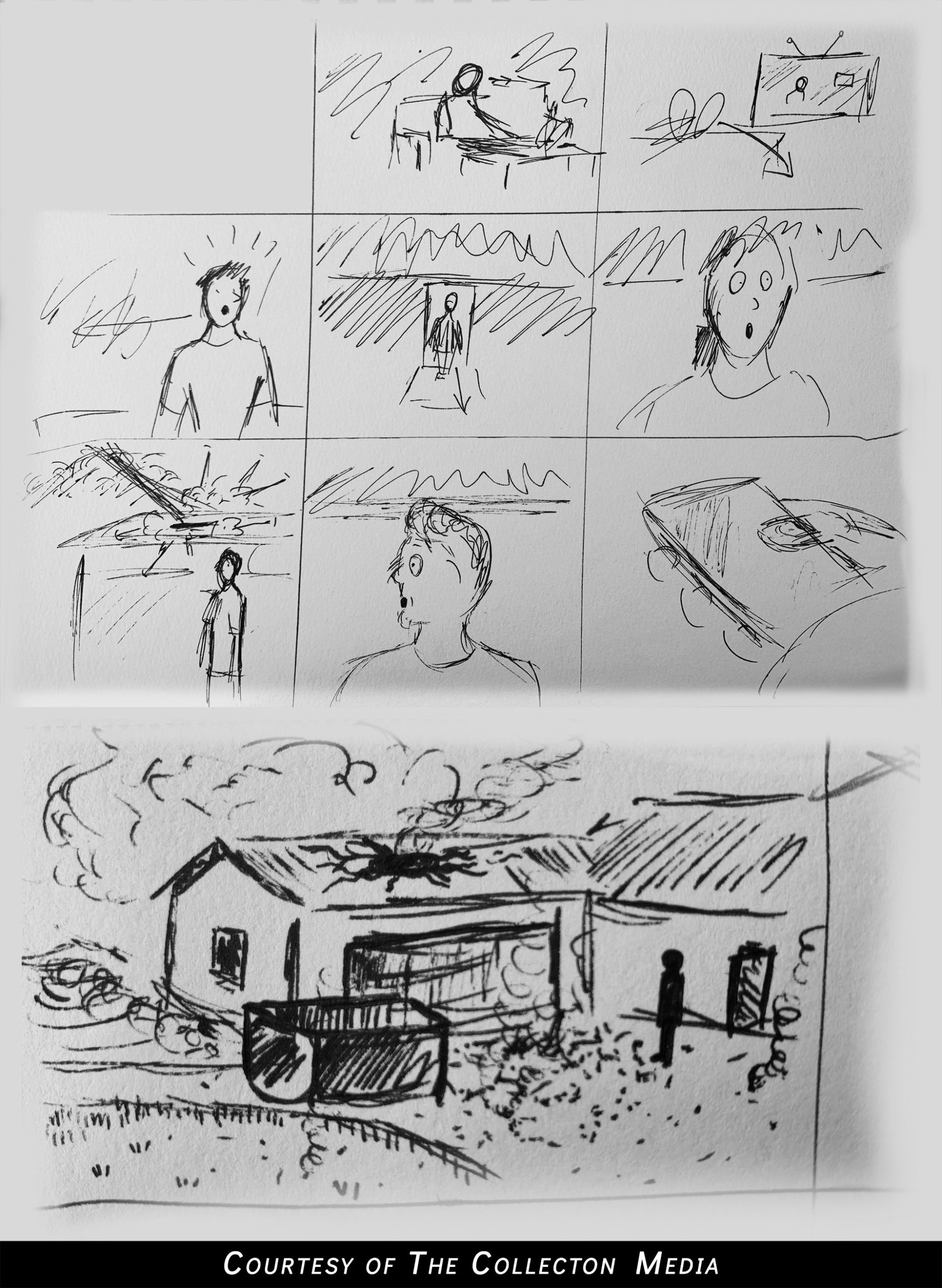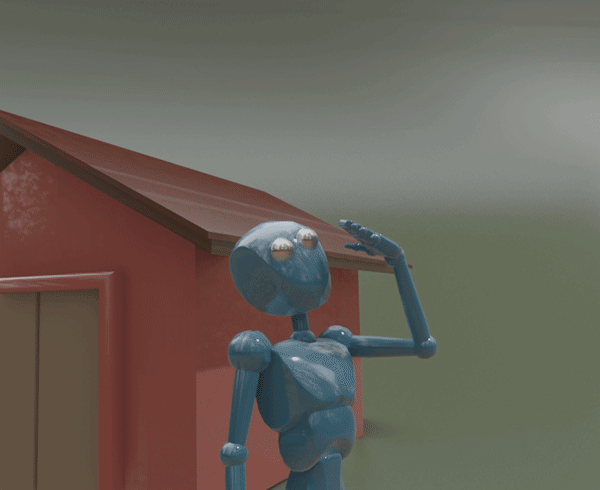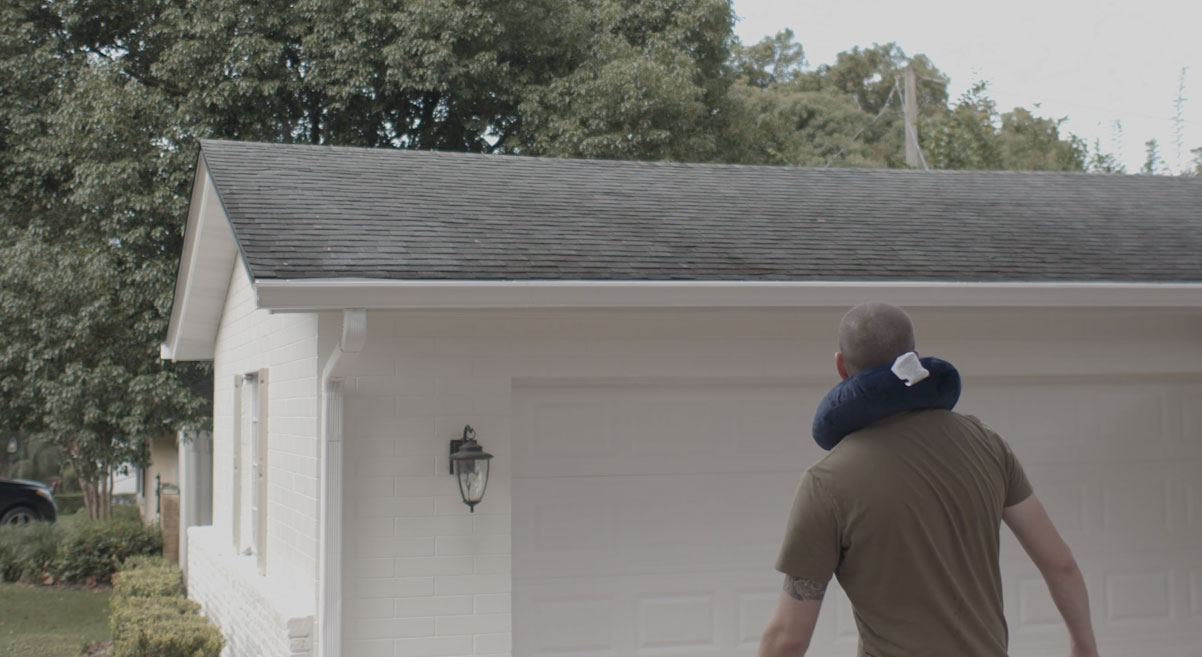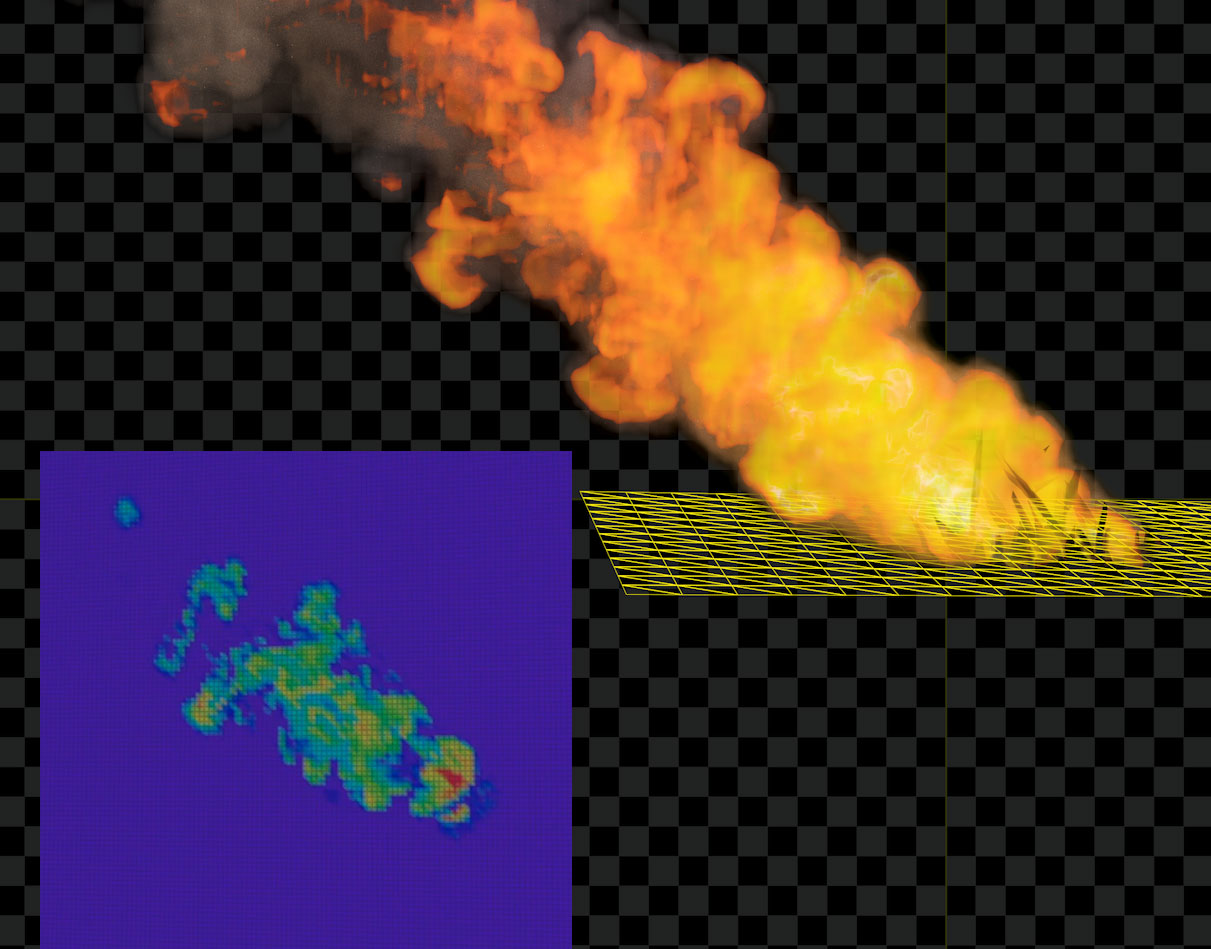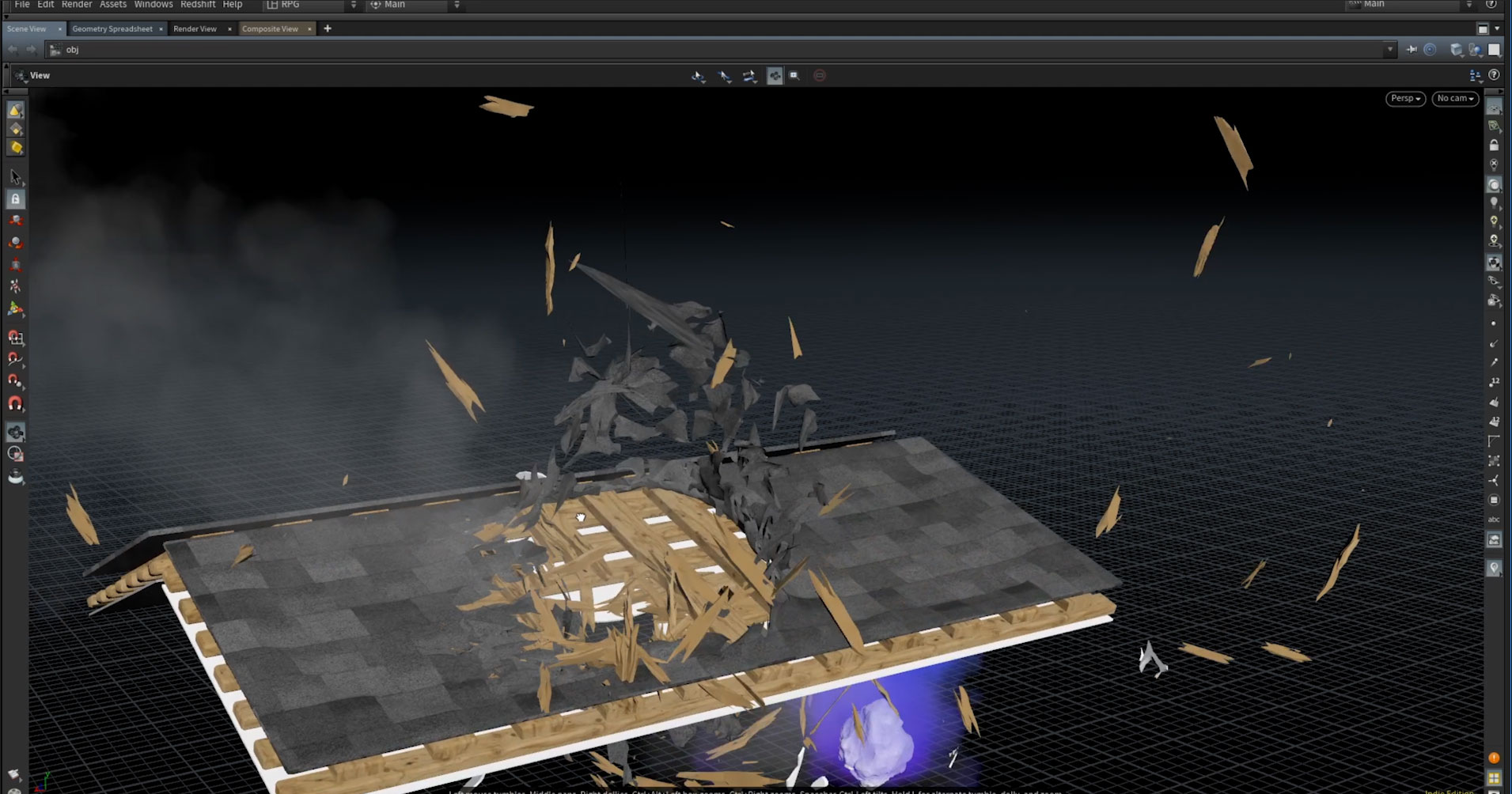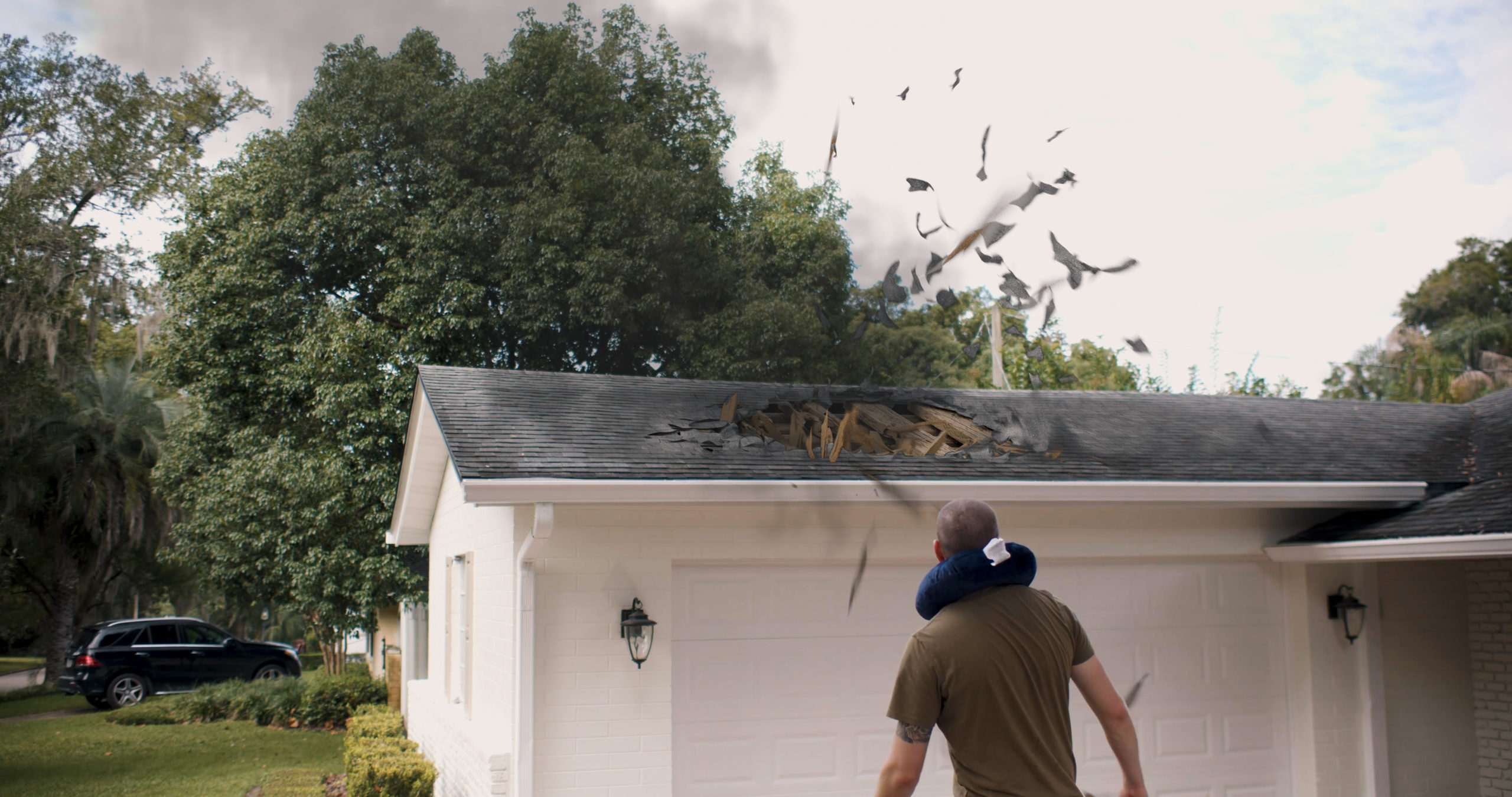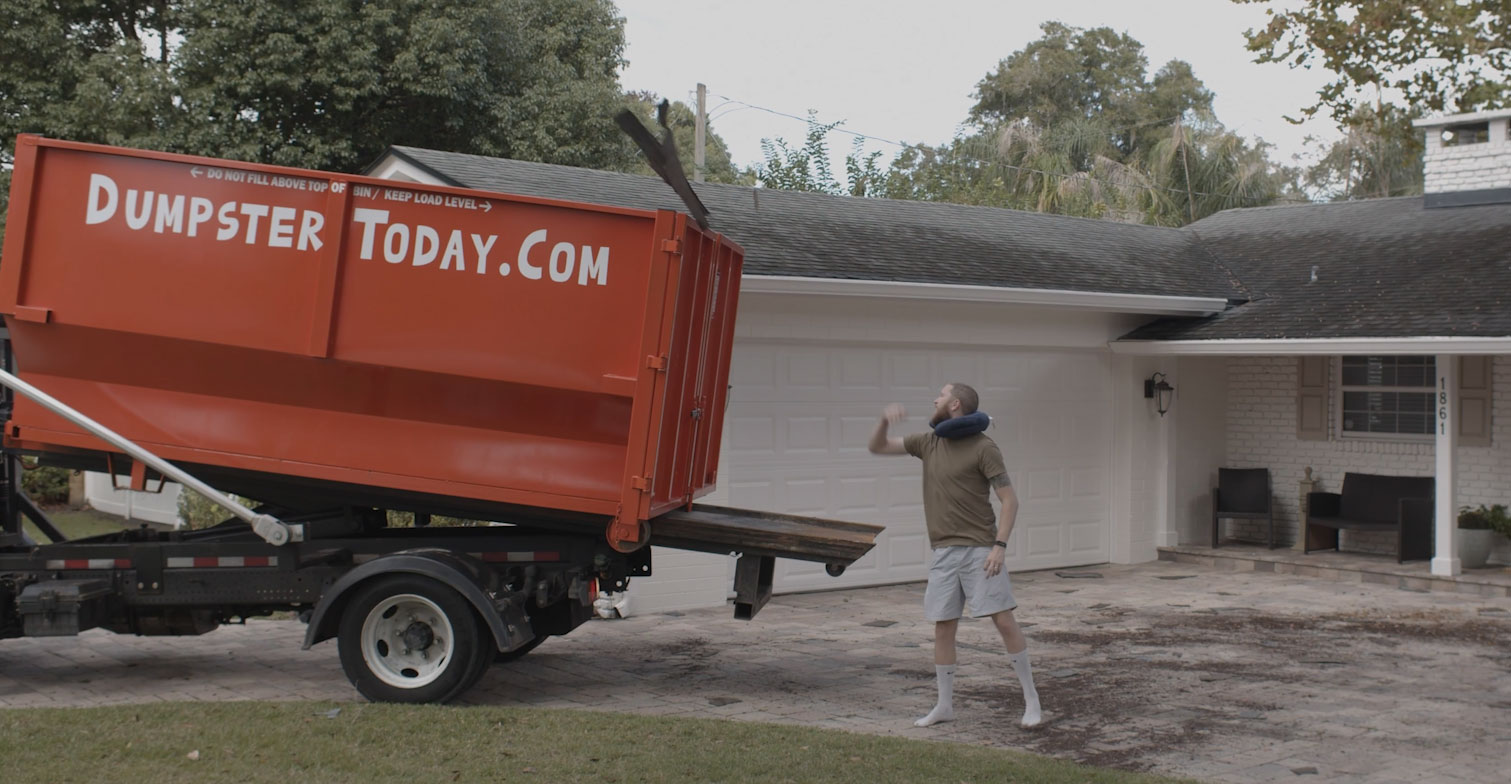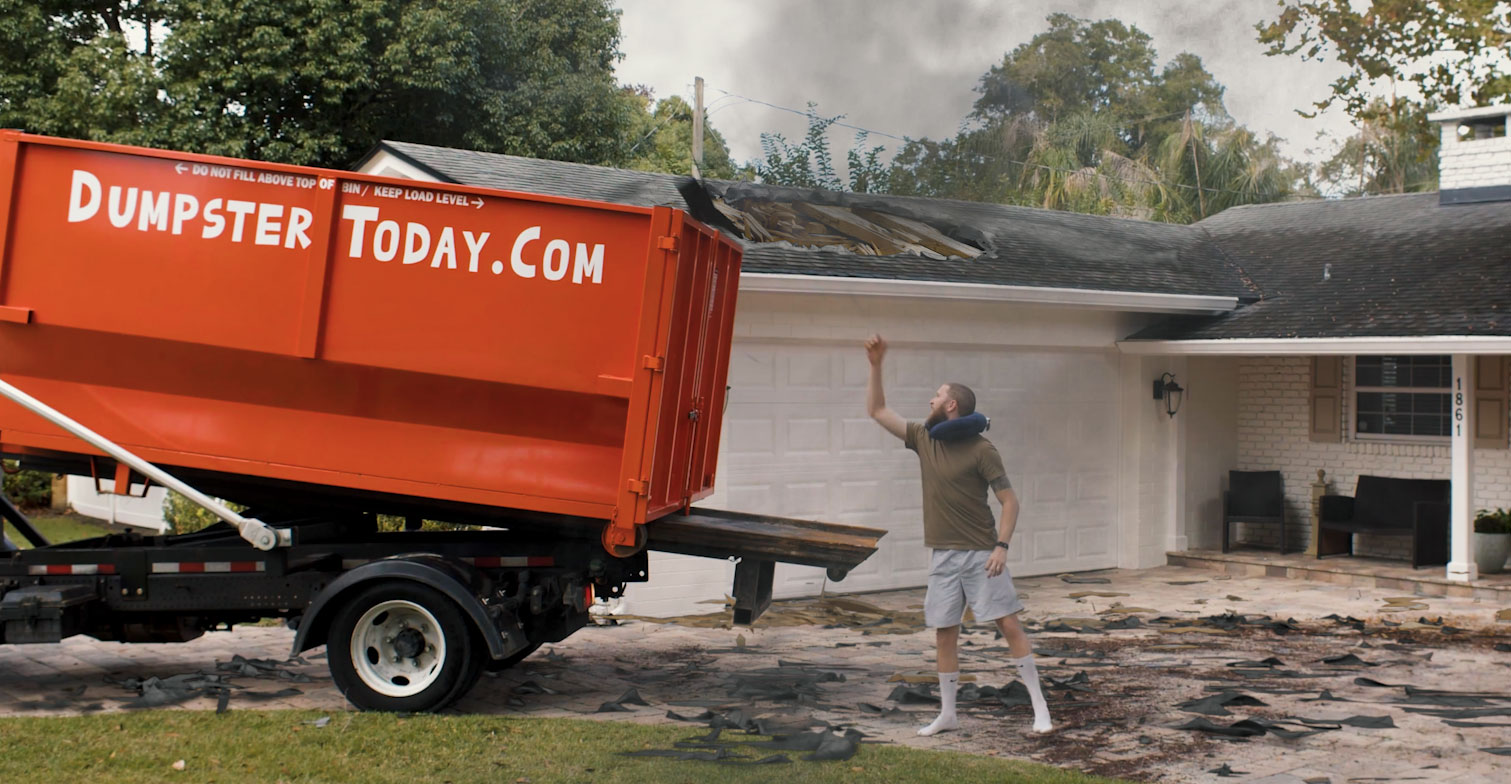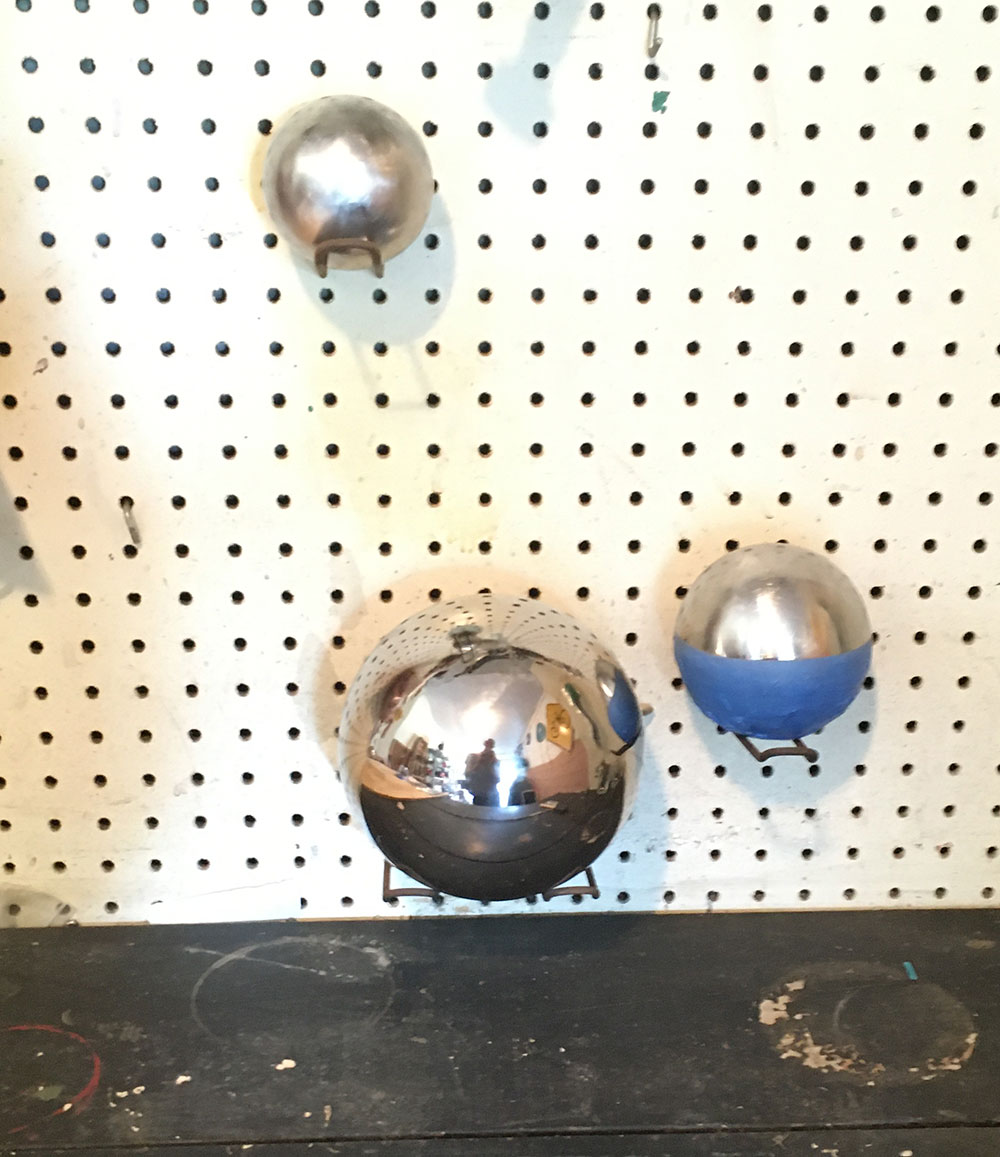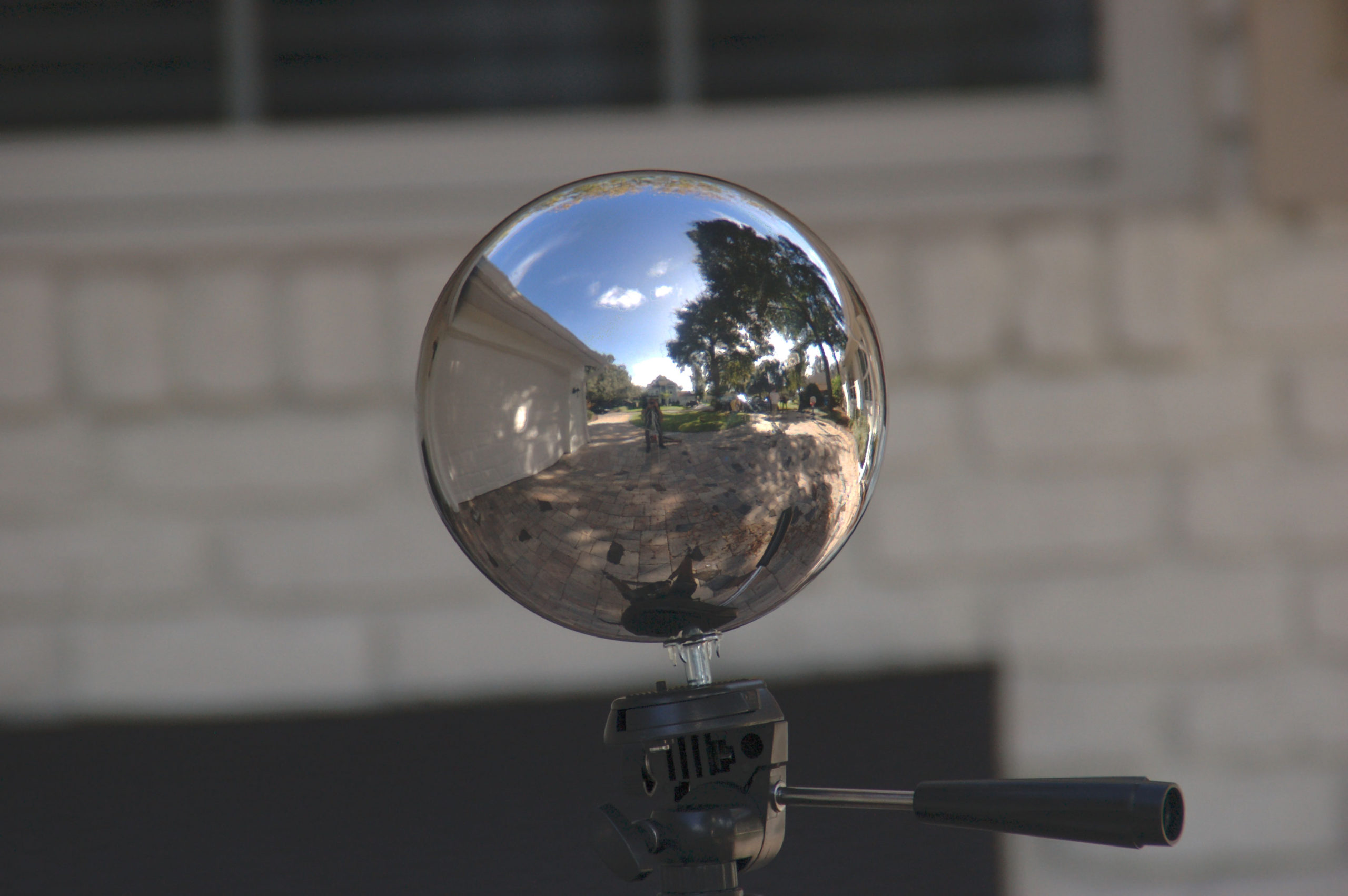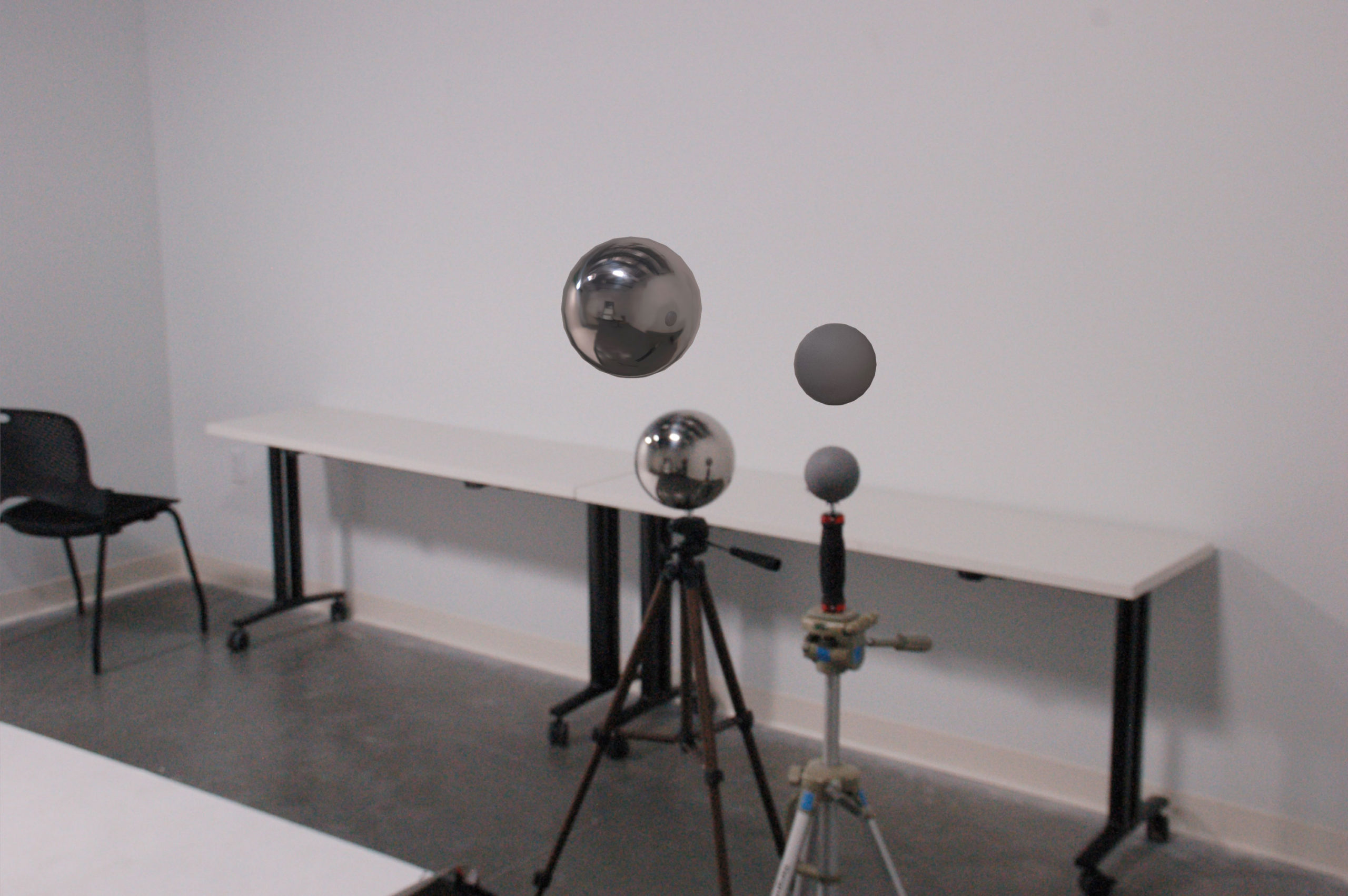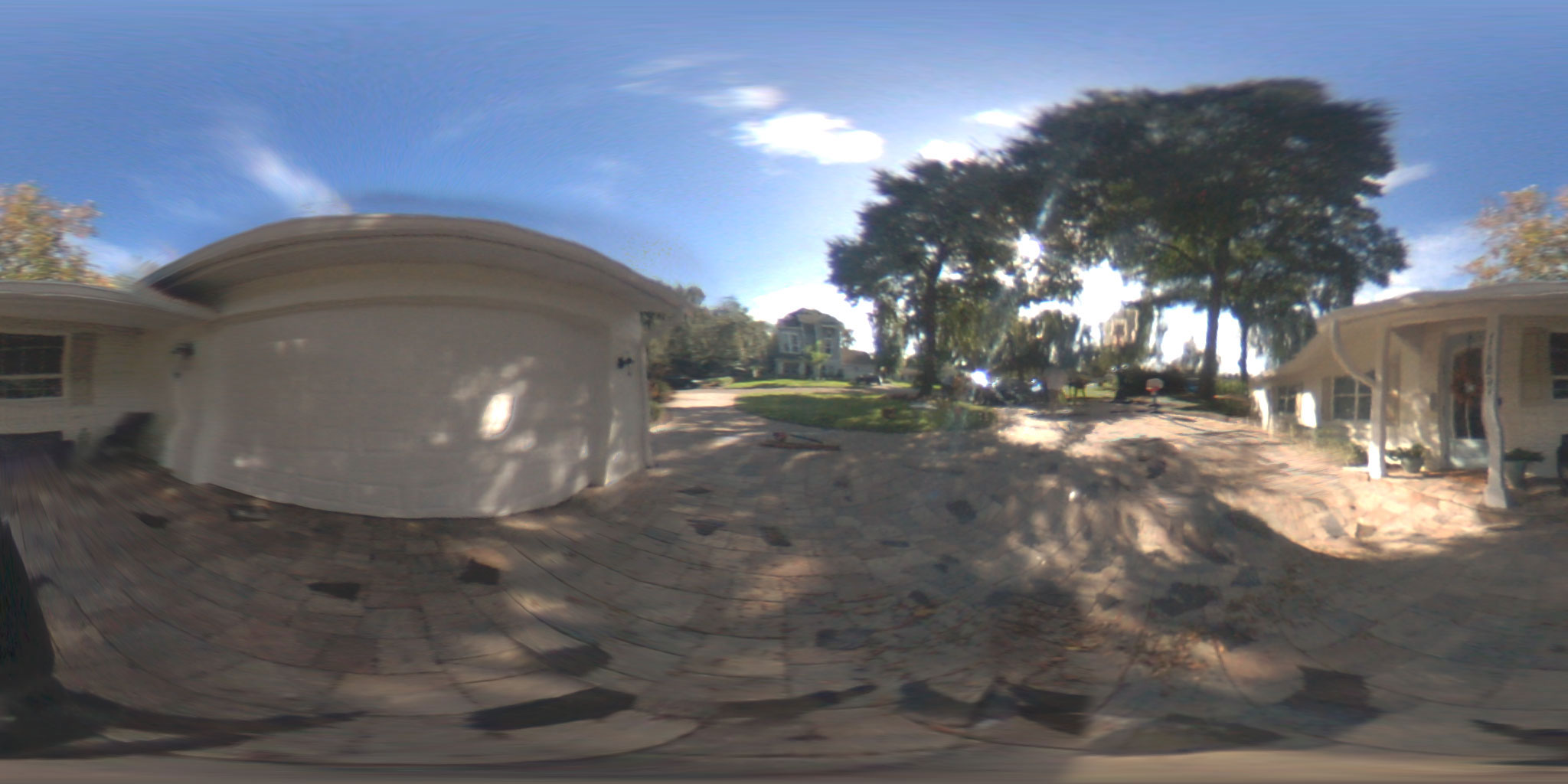The Collection Media
We wrapped up the year 2020 with an exciting, and somewhat quirky VFX collaboration with The Collection Media.
When The Collection approached us they were wondering if we could help them create a flaming meteor and destroy a small residential home… naturally we had to accept a challenge like that!
We contributed VFX to two shots in this piece: the flaming meteor that destroys the roof and the resulting smouldering devastation that follows.
Storyboard
Often productions like this start with a sketch or storyboard. Sometimes it is just one sketch on the back of a napkin. In this instance The Collection provided us with a great 9-frame storyboard that communicated their idea to us and got the ball rolling.
Previsualization
An important tool in video production is previsualization. Similar to a story board, previs allows the VFX team to make sure they are on the same page as the director before filming begins. To this end we created a very rough visual prototype of the shot long before filming.
Even in such a simple form the previsualization is valuable to the director during pre-production and production. It gives him a visual reference to share with the cast and crew that streamlines communication and often helps to avoid confusion and costly mistakes during production.
Meteor impact
The challenges presented by this shot were to create a fiery trail, smoke, and an explosion of wooden beams and shingles. We used SideFX Houdini and went through several iterations to get the look and timing just right.
We used a Vellum solver to simulate the shingles as a very rigid cloth. We made this decision because real shingles are not totally rigid, but flex a great deal. Thus in a situation like this they would be more likely to tear than shatter.
Smouldering devastation
For the second shot we had to add damage to the roof and increase the amount of shingles on the ground. During production the crew scattered potting soil and some real shingles around the driveway. Having these real elements mixed into the shot helped enhance the realism of the CG elements we added, allowing the CG elements to complement the real ones without being distracting.
To tie it all together and really sell the destruction we added several layers of smoke and atmosphere to the final composition.
Lighting spheres
For this production it was important for the lighting of the CG elements to match as closely as possible to the filmed elements.
To achieve this we constructed a set of physical chrome and matte gray spheres. By photographing the spheres on location we were able to create an accurate, 360° HDR lighting map of the real environment. By comparing the filmed spheres with CG doubles, we can verify that our 3D environment has been calibrated to match the filmed real world environment.
Conclusion
This project was a great challenge and we got to learn a lot about 3D lighting and simulation. As always we are excited to carry what we’ve learned into a new year and future projects. We had a great time making a scene with The Collection and can’t wait to see what new challenges they can dream up for us!
